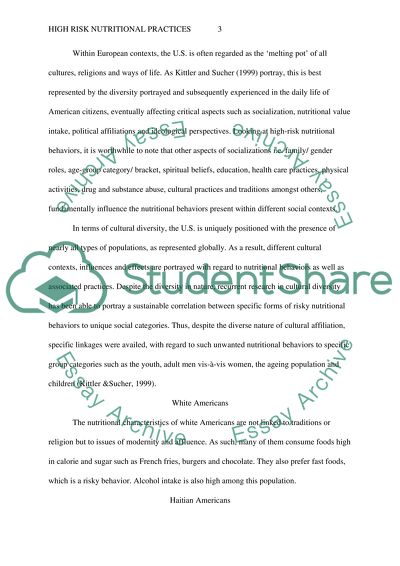Cite this document
(“High-Risk Nutritional Practices Paper First Draft Essay”, n.d.)
Retrieved from https://studentshare.org/nursing/1661558-high-risk-nutritional-practices-paper-first-draft
Retrieved from https://studentshare.org/nursing/1661558-high-risk-nutritional-practices-paper-first-draft
(High-Risk Nutritional Practices Paper First Draft Essay)
https://studentshare.org/nursing/1661558-high-risk-nutritional-practices-paper-first-draft.
https://studentshare.org/nursing/1661558-high-risk-nutritional-practices-paper-first-draft.
“High-Risk Nutritional Practices Paper First Draft Essay”, n.d. https://studentshare.org/nursing/1661558-high-risk-nutritional-practices-paper-first-draft.


